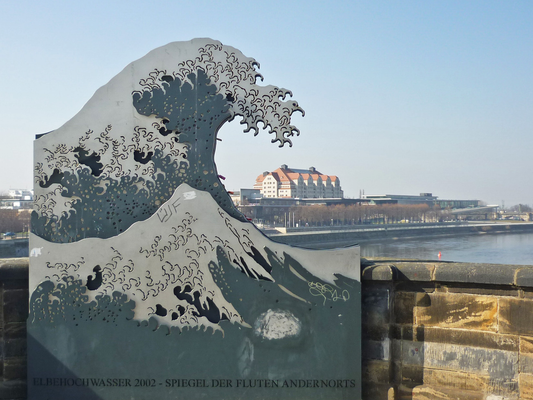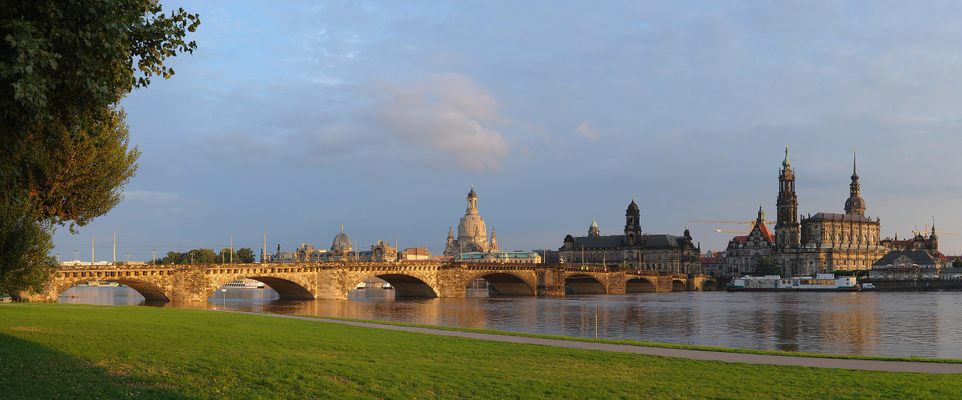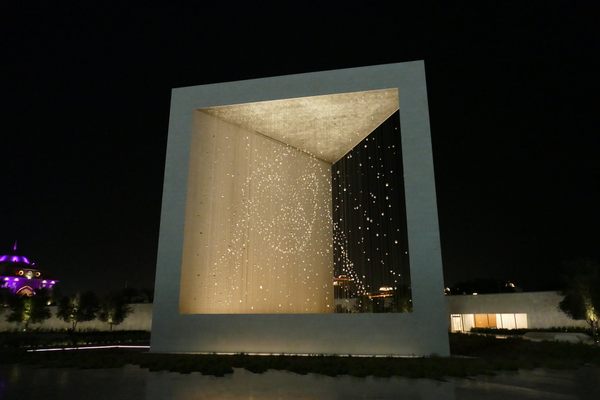About
Katsushika Hokusai's woodblock print "The Great Wave off Kanagawa" is one of his best-known works internationally, so famous that it has even found its way into phones in the form of an ocean wave emoji. It's become such a symbol today, often representing a tsunami or the sea itself, that wherever you happen to find it, be it outside Japan or not, it probably won't seem too out-of-place.
That's also the case on the Augustus Bridge in Dresden, which connects the Innere Neustadt with the Altstadt across the Elbe. A large reproduction of Hokusai's wave stands on one side of the bridge, often taken as a photo opportunity by passing tourists headed for the old city. But what it actually represents is a calamitous disaster that hit the city back in 2002, which claimed the lives of 232 people across central Europe.
Known as the Elbehochwasser in Germany, the intense weeklong rainfall of August 2002 caused the river Elbe to flood up to record height, leaving tremendous damage in its wake. It's considered one of the worst natural disasters in German history, and the city of Dresden was hit severely.
In 2005, local artist Tobias Stengel created the Hokusai artwork and won an art competition with the design, resulting in its installation on the Augustus Bridge the following year. Officially titled “Die Woge” or “The Wave,” the Elbehochwasser memorial bears a phrase: “Spiegel der Fluten andernorts,” meaning “mirror of the floods elsewhere.” It stands as a reminder of the dangers of floodwaters.
Related Tags
Community Contributors
Added By
Published
July 11, 2022

























